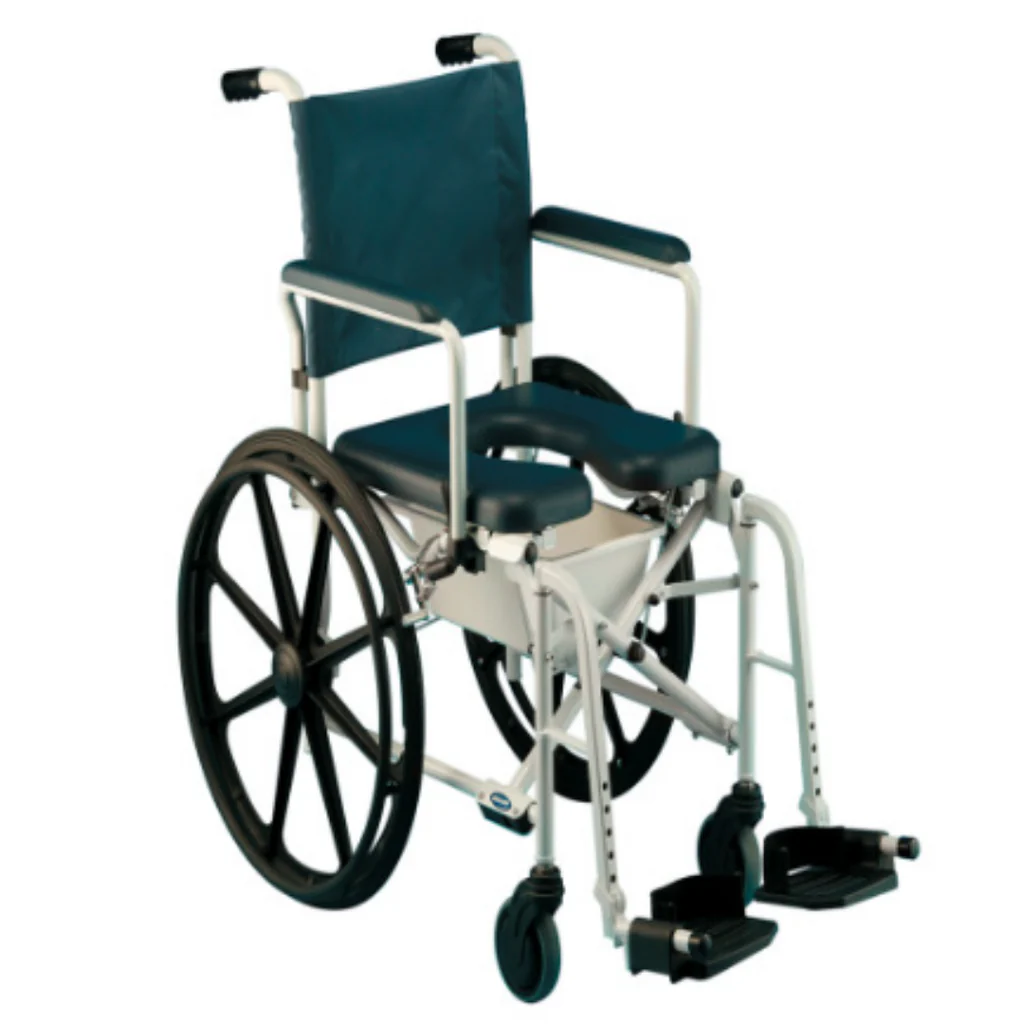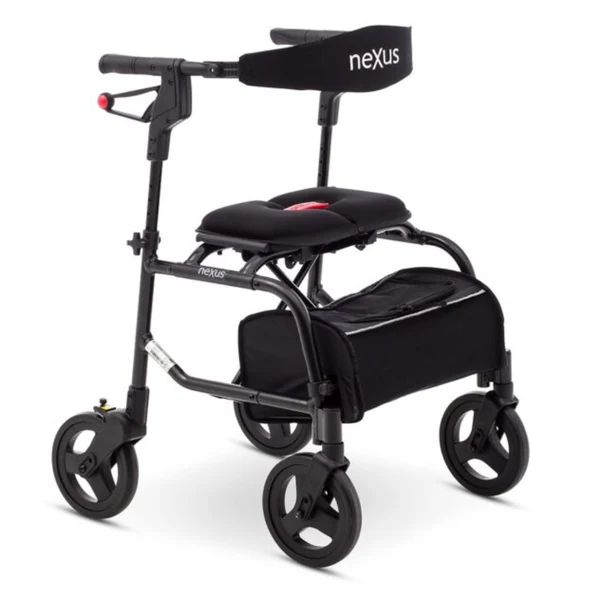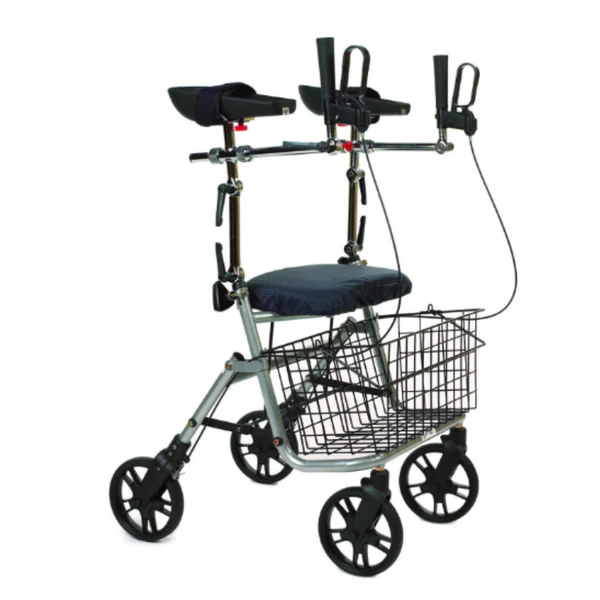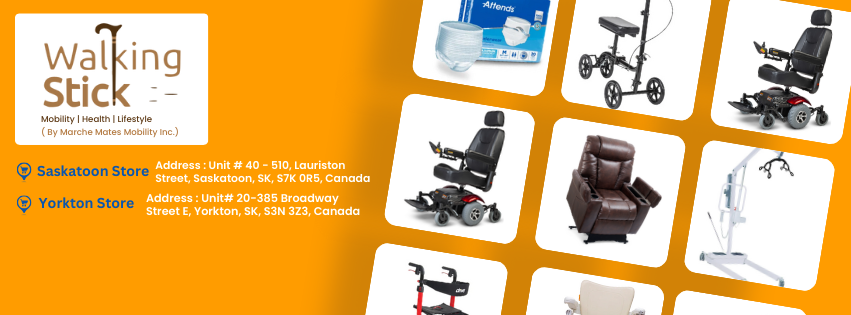The Ultimate Guide to Knee Scooters: Mobility Made Easy
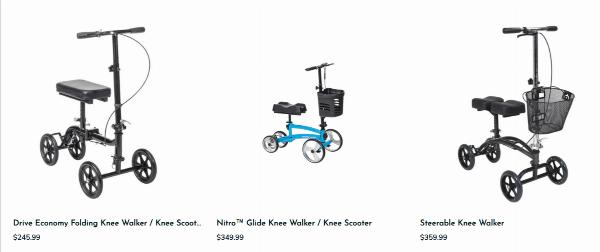
Strong 8k brings an ultra-HD IPTV experience to your living room and your pocket.
Knee scooters, also known as knee walkers, are innovative mobility devices designed to assist individuals recovering from foot or ankle injuries. They provide a convenient and comfortable alternative to crutches, allowing users to maintain their independence while healing. In this article, we will explore the benefits, features, and proper usage of knee scooters, and how to choose the right one for your needs.
What is a Knee Scooter?
A knee scooter is a wheeled mobility device that allows users to rest their injured leg on a padded platform while propelling themselves forward using their other leg. These scooters come in various styles and sizes, making them suitable for both indoor and outdoor use. They typically feature adjustable handlebars, sturdy frames, and easy-to-maneuver wheels.
Benefits of Using a Knee Scooter
Increased Mobility: Knee scooters enable users to move around more freely than traditional crutches, helping them navigate their environment with ease.
Reduced Pain: By resting the injured leg, users experience less strain on their arms and back, which can help reduce pain associated with crutch use.
Enhanced Stability: Knee scooters offer a more stable base than crutches, making it easier to balance while moving.
Comfort: With padded knee platforms and ergonomic designs, these scooters are generally more comfortable to use over extended periods.
Improved Recovery: By promoting mobility, knee scooters can help speed up the recovery process by encouraging users to stay active without putting undue pressure on the injured area.
Choosing the Right Knee Scooter
When selecting a knee scooter, consider the following factors:
Size and Weight Capacity: Ensure the scooter can accommodate your weight and size comfortably.
Adjustability: Look for adjustable handlebars and knee platforms to customize the fit for your height.
Wheel Type: Choose between solid or pneumatic tires based on your intended use. Solid tires are ideal for indoor use, while pneumatic tires offer a smoother ride outdoors.
Braking System: Ensure the scooter has reliable brakes for safety and control.
Tips for Using a Knee Scooter
Get Familiar with the Controls: Before using your knee scooter, practice maneuvering it in a safe space to become accustomed to its controls.
Maintain Balance: Keep your body centered over the scooter for better balance and stability while moving.
Navigate Obstacles: Approach curbs, stairs, and uneven surfaces cautiously. Use ramps whenever possible.
Take Breaks: If you start to feel fatigued, take a break to avoid overexertion.
Always Use Safety Gear: When using your knee scooter outdoors, consider wearing knee pads and a helmet for added protection.
Conclusion
Knee scooters are an excellent solution for anyone recovering from lower leg injuries. They offer a combination of comfort, mobility, and stability that crutches simply can’t match. By understanding how to choose and use a knee scooter effectively, you can make your recovery process much smoother.
For those looking to rent or purchase a knee scooter, Walking Stick Mobility offers a range of options to suit your needs. Their knowledgeable staff can help guide you in selecting the perfect scooter for your recovery journey.
Contact Information
Walking Stick Mobility
Website: walkingstickmobility.ca
Phone: +1(306)242-7849
Email: [email protected]
Address: Unit # 40 - 510, Lauriston Street, Saskatoon, Saskatchewan S7K 0R5, Canada
Feel free to reach out for personalized assistance and recommendations tailored to your mobility needs!
Note: IndiBlogHub features both user-submitted and editorial content. We do not verify third-party contributions. Read our Disclaimer and Privacy Policyfor details.



